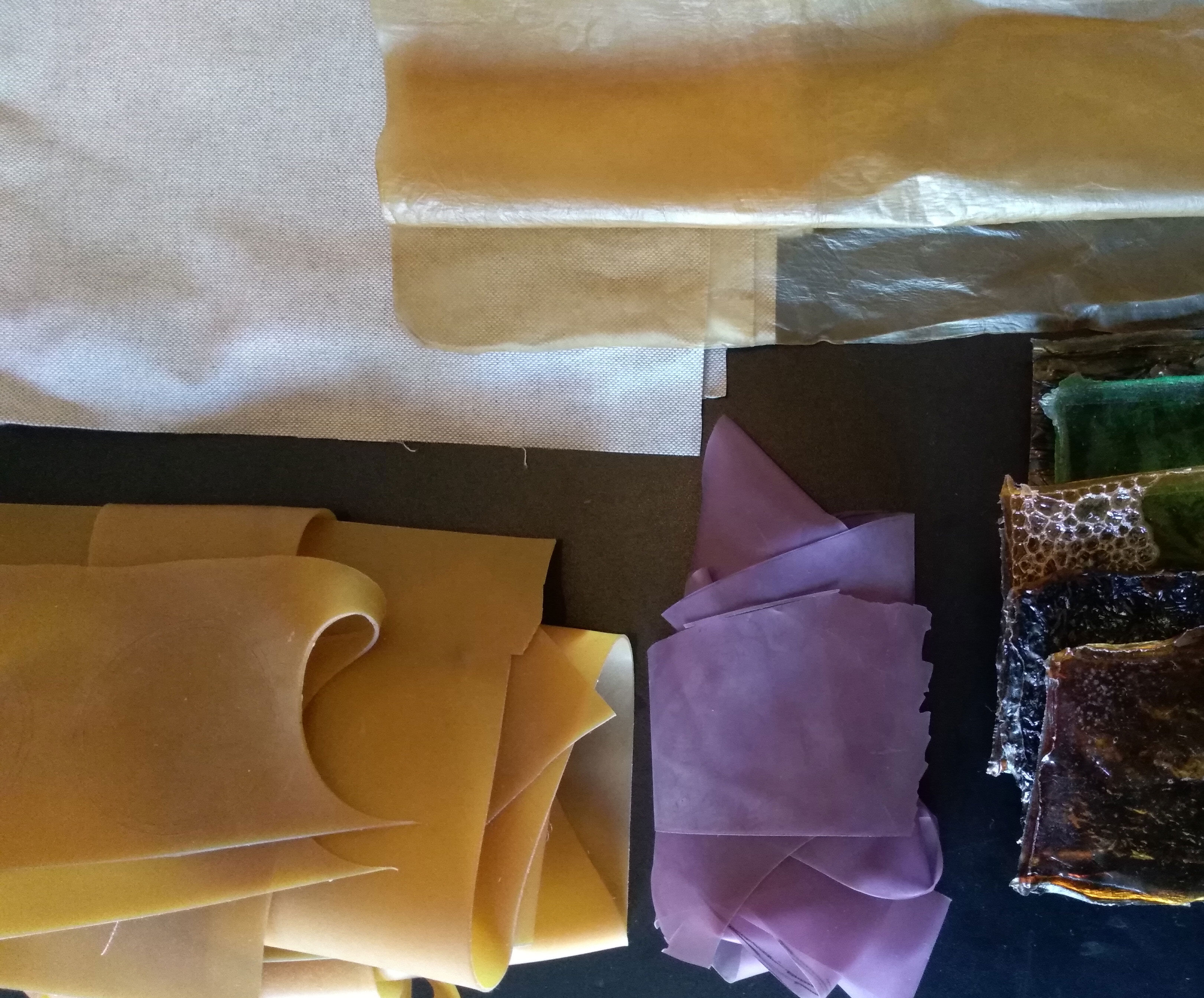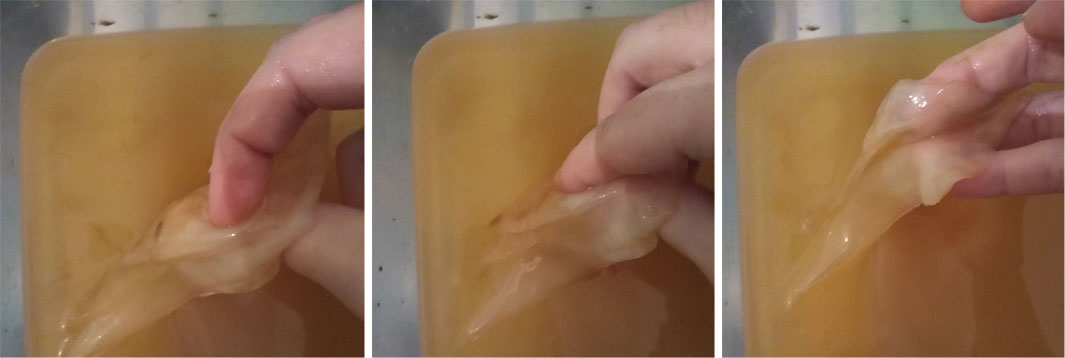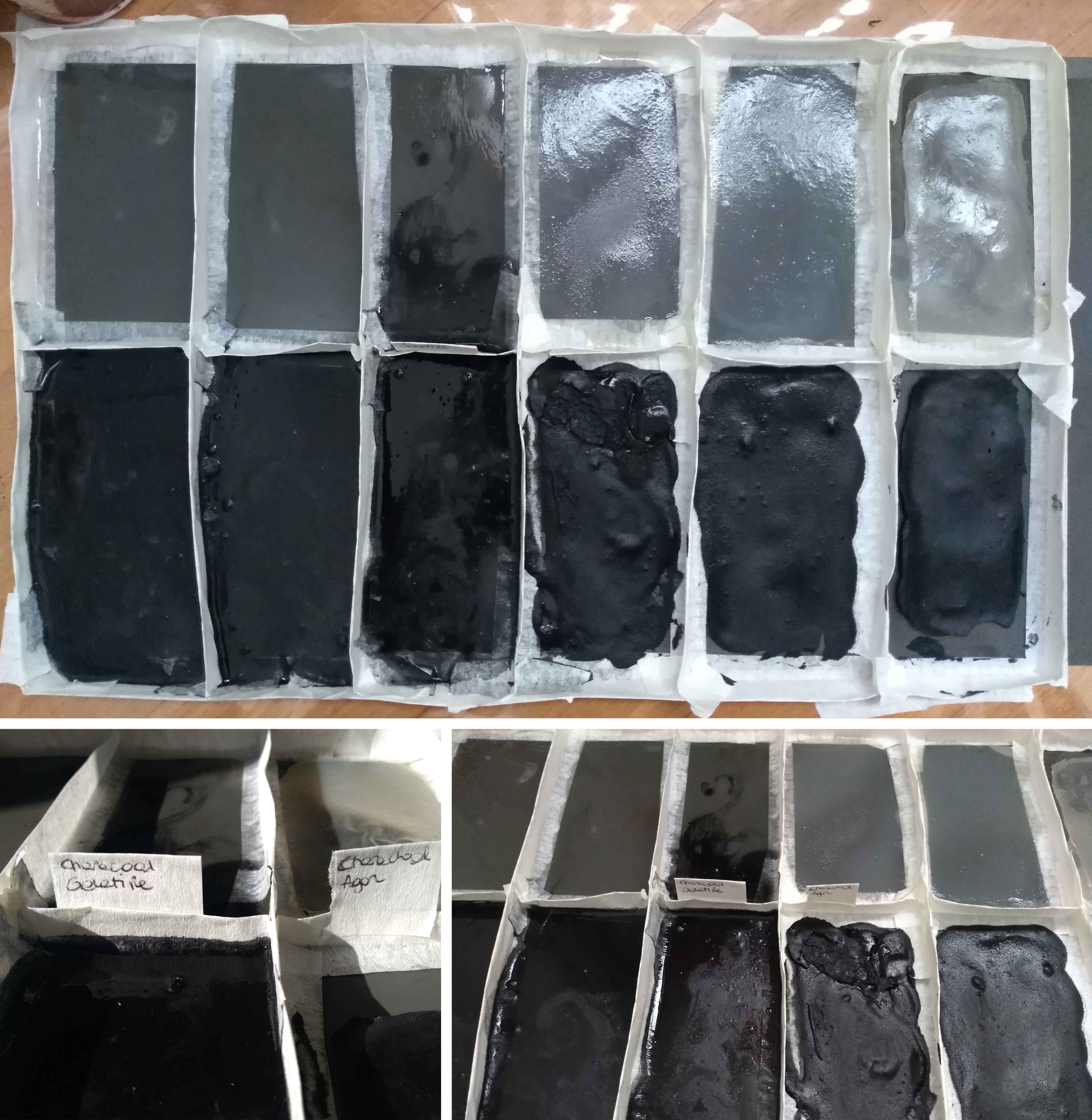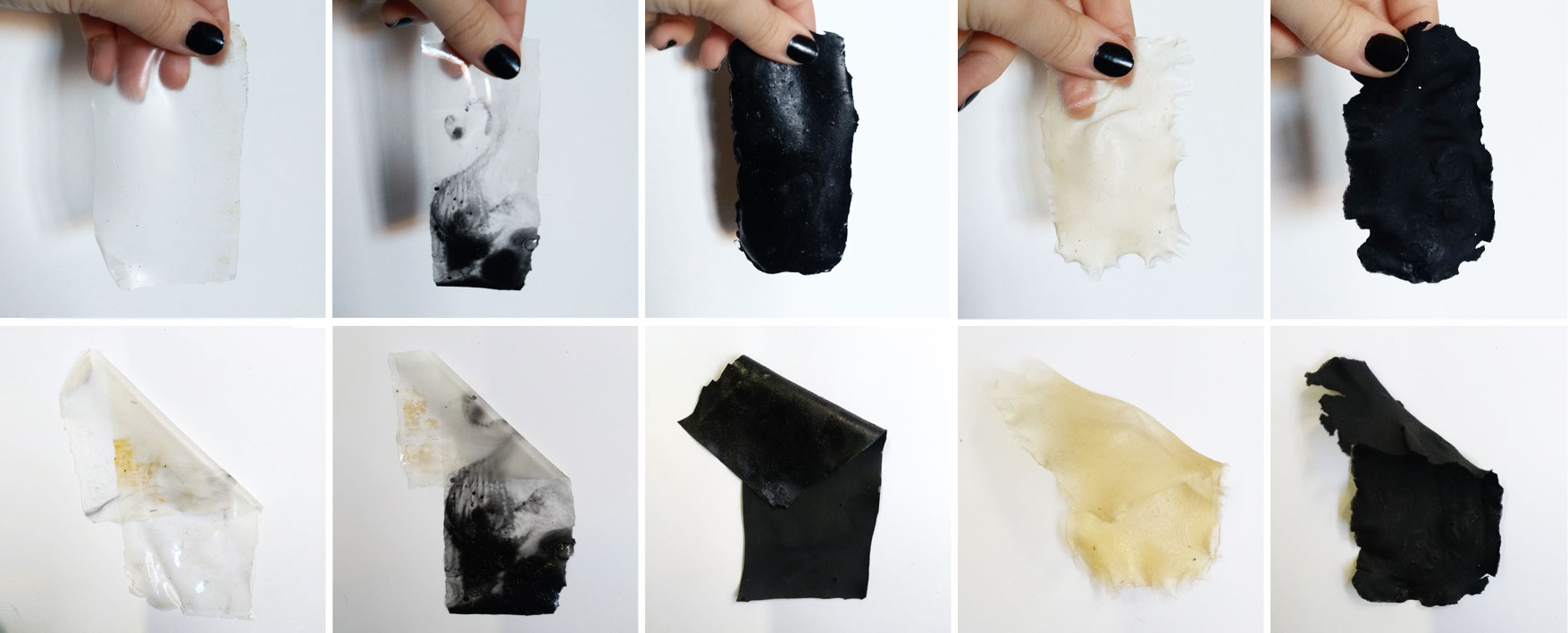Materials#
Tools and materials to buy#
| Qty | Description | Price | Link | Notes |
|---|---|---|---|---|
| 1 | kombucha starter | 10.00 € | https://www.amazon.it/Happy-Kombucha-Medium-Scoby/dp/B00H9I6GD6/ref=asc_df_B00H9I6GD6/?tag=googshopit-21&linkCode=df0&hvadid=108074136179&hvpos=1o3&hvnetw=g&hvrand=2086964219377651446&hvpone=&hvptwo=&hvqmt=&hvdev=c&hvdvcmdl=&hvlocint=&hvlocphy=1008463&hvtargid=pla-219737340772&psc=1 | owned |
| 1 | Large container 80x60x18 cm | 15.00 € | household store | |
| 1 | latex glue | 13,42 € | https://www.amazon.it/Copydex-260920-Adesivo-colla-lattice/dp/B0001OZIFW/ref=rp_1/261-2811564-9940230?_encoding=UTF8&pd_rd_i=B0001OZIFW&pd_rd_r=dcec6e06-12d0-4f46-a496-b71fd13aa811&pd_rd_w=HPkda&pd_rd_wg=EhUs1&pf_rd_p=7409381a-4b4f-4e0f-9115-fe28d3250d88&pf_rd_r=DYXYRND850ZJ5124MCKE&psc=1&refRID=DYXYRND850ZJ5124MCKE | |
| 1 | gelatine | 25,63 € | https://www.amazon.it/louis-fran%C3%A7ois-Gelatina-200-Bloom-polvere/dp/B0119EK43S/ref=sr_1_3?ie=UTF8&qid=1553517770&sr=8-3&keywords=gelatina+in+polvere | |
| 1 | glycerol | 15,95 € | https://www.amazon.it/Glicerina-Glicerolo-liquido-farmacopea-certificata/dp/B01N7T4P0T/ref=sr_1_25_sspa?s=beauty&ie=UTF8&qid=1553517391&sr=1-25-spons&keywords=glicerina+vegetale&psc=1 | |
| 1 | agar powder | 11,50 € | https://www.amazon.it/AGAR-polvere-50-g/dp/B01IA7C55W/ref=sr_1_9?ie=UTF8&qid=1553517839&sr=8-9&keywords=agar+in+polvere | |
| 1 | charcoal tabs | 10,78 € | https://www.amazon.it/Charcoal-Tablets-PL-R-100tabs/dp/B00B5W4REC/ref=sr_1_17?ie=UTF8&qid=1553517252&sr=8-17&keywords=charcoal+tabs |
Selections#
I’v have selected some materials and fabrics (for tests). I need to study a sewing pattern that can evolve in multiple stages, with different layers and lengths.
In this step I was fascinated to sensations, touch of the materials and to what they succeed in transmitting or communicating, the weights of fabrics that I have available in the fablab, the results of the experiments on bioplastics that I conducted …

Fabric Tests#
I found several meters of white fabrics with different weights to be able to dye them to simulate the chromatic effect as well as the weight of the various materials ..

Fabric Prototype#
At the same time I studied three materials that I had self-produced or had available in the fablab.
Below a sheet of Kombucha, a very thick natural latex piece and the bioplastics and biosilicone samples I produced during the module 4

Kombucha growth#
Expecting to use a lot of scombies of kombucha I used the crop that I had started growing in November at wemake. However, the dimensions of the plastic container were somewhat reduced.

Kombucha recipe * 5 gr tea * 7 gr vinegar * 70 gr Sugar * 500 ml Water * 20 gr kombucha starter (scoby or liquid)
Meanwhile the biggest kombucha scoby …#
I’ve buy a very large plastic container (80 x 60 x 15 cm) and filled with 16 liters of kombucha tea. The results were not long to coming. In just 10 days a first layer scoby was formed.
I decided to divide a layer to optimize the use of all the surface produced but in many points a homogeneous result did not come. The initial layer did not blend with the others, on the positive side because it was full of imperfections and bubbles (it happened to me also with the kombucha in wemake). I laid out this large piece (3kg !!!) on a panel of painted wood and inclined to drain better and let it dry outdoors.

I worked the piece to flatten it and try to spread it as much as possible by hammering it with the bottom of a glass bottle. In this way I was able to exploit the different thicknesses as stretch the scomby for precious centimeters of dryed material.
After two days it’s dryied, I measured the sheet with a dimensional reference and photographing it to have more control over the irregular size and prepare the file for laser cutting.


Irnonig kombucha#
A very important step is to use heat for make the surface as regular as possible. In this way the laser does not lose focus and can make a great cut.
So I tried to ironing the piece, at the minimum temperature and directly on a wooden surface. I had already taken this step for the smallest piece of kombucha that was definitely smoother than the big piece. For the little one this technique worked perfectly. With the larger piece, especially at the edges, some parts make difficult a great result for a little sticky. I solved it by ironing too quickly.

Bioplastic#
Research#
During the research for the bioplastic recipe I’ve received two very important suggestions ( link 1, link 2 ) from Anastasia and Cecilia that change my mind completely. In fact at first I wanted to play with the color of the bioplastic or alternatively make it transparent.
I had two paths in mind:
-
use gradual gradient colors (such as light yellow latex, natural honey-colored kombucha, and more marked orange bioplastic …
-
use color bands studying the effects with the available material and color samples (black latex, natural kombucha and black bioplastic …)
Simples#
Being quite sure of using a dye anyway, I tried the same recipe for bioplastic with the addition of charcoal ( it starts from simples #3 and #4 used here )
Agar-based biosilicone * 100 ml water * 5 g agar powder * 10 g glycerol
Agar-based biosilicone charcoal * 100 ml water * 5 g gelatine powder * 10 g glycerol * 4 g charcoal
Gelatine-based biosilicone * 100 ml water * 5 g agar powder * 10 g glycerol
Gelatine-based biosilicone charcoal * 100 ml water * 5 g gelatine powder * 10 g glycerol * 4 g charcoal


Using the same proportions in to the recipe noticed me more differences: * the Agar-based biosilicone solidifies faster at first but remains much more viscous and creamy when it is rolled out. It has a shrinkage of around 40% curling up a lot and becoming very irregular. * gelatin-based biosilicone is much more liquid, retaining a more crystalline purity in color. It is possible to obtain a thinner and more elastic layer more easily and practically has no shrinkage during drying.

